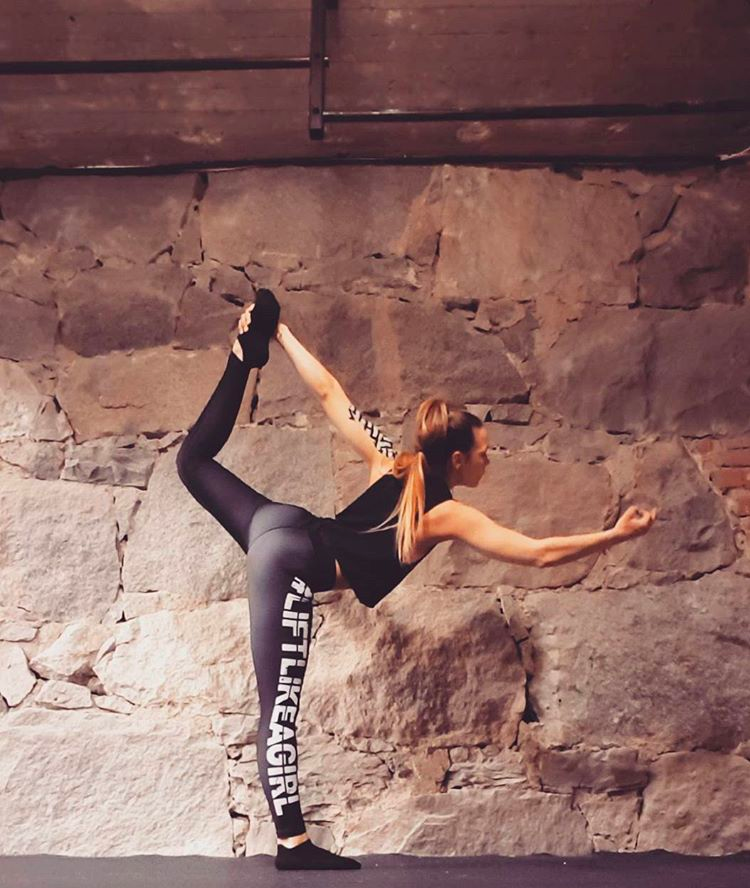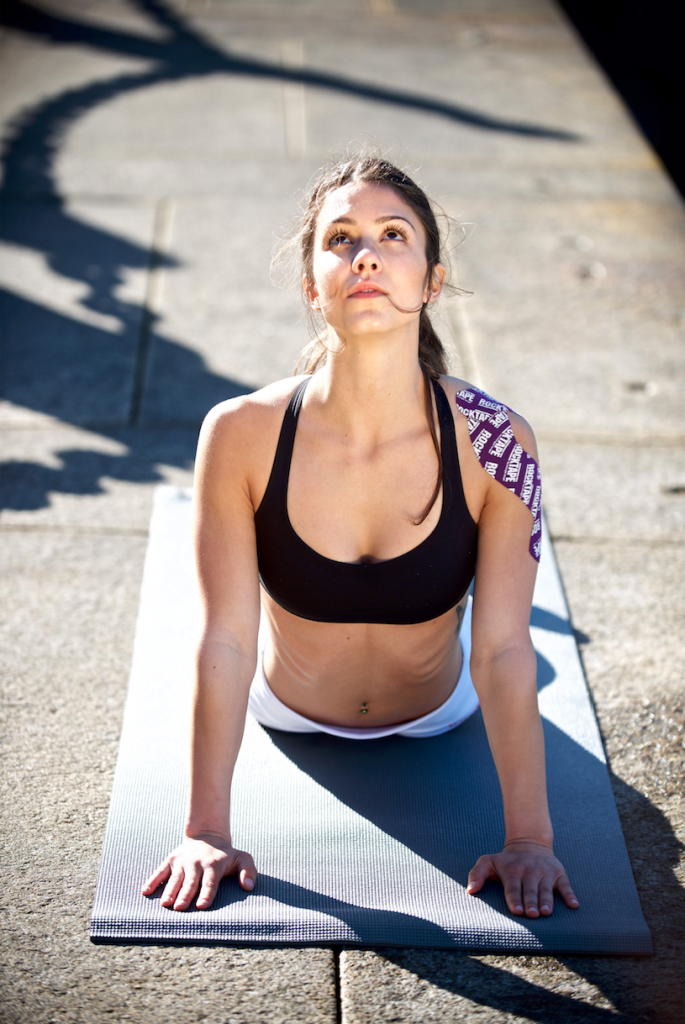Yoga is wildly popular all over the world, especially in the United States. Yoga Journal’s 2012 study showed that 20.4 million Americans practiced yoga, spending $10.3 billion per year on classes, equipment, clothing, yoga vacations and media. This study also found that 82% of American yoga practitioners were female, 63% fell within the age range of 18-44, 45% of survey responders considered themselves to be beginners and 78% were looking for greater flexibility.[i] Like any sport or physical activity, however, people can get injured practicing yoga, too.
 While yoga is decidedly a safe activity for most practitioners, a 2009 study from the International Journal of Yoga Therapy conducted by the Columbia College of Physicians and Surgeons[ii] found that low back injuries were the most common, followed by shoulder, knee and neck injuries. Most of the riskier yoga poses also put a lot of stress on the hands and wrists. Of course, poor technique, previous injuries, excessive effort and improper or inadequate instruction and supervision were all cited as causes of injury, too. Of course, as with any activity, people like to jump to the cool-looking, advanced stuff too early, which is why it’s so important to have a good instructor who is really watching you and guiding you in a challenging, yet safe direction.
While yoga is decidedly a safe activity for most practitioners, a 2009 study from the International Journal of Yoga Therapy conducted by the Columbia College of Physicians and Surgeons[ii] found that low back injuries were the most common, followed by shoulder, knee and neck injuries. Most of the riskier yoga poses also put a lot of stress on the hands and wrists. Of course, poor technique, previous injuries, excessive effort and improper or inadequate instruction and supervision were all cited as causes of injury, too. Of course, as with any activity, people like to jump to the cool-looking, advanced stuff too early, which is why it’s so important to have a good instructor who is really watching you and guiding you in a challenging, yet safe direction.
Headstands and poses like sarvangasana and halasana can wreak havoc on your neck. Headstands put a lot of compression force into the discs in your neck. The other poses put a high demand on your ability to flex your neck while simultaneously putting a fair amount of your weight on your lower neck and upper thoracic spine. RockTape for the neck can help relieve some of the strain associated with these positions, but really, they are pretty advanced and you need to work up to them slowly over time. Here is a great approach to dealing with neck discomfort* and adding some stability and better movement mechanics to the area.
When it comes to yoga, the low back is the most commonly injured site. Backbends and “sphinx” poses, as well positions that call for a lot of rotation are usually the culprit. If you think the “Neck H” pattern featured above works great for necks, the low back version is just as awesome! Use 4” wide Big Daddy tape for the decompression strip across the low back and you’ll be pretty happy with the results.
Triangle pose, or utthita trikonasana, is often credited with causing knee discomfort*. The biomechanics for why this is are pretty complex, and doing a revolved triangle pose, or parivrtta trikonasana for every triangle pose you do can help out a lot. RockTape and knees go together like a horse and carriage, though. Taping before and during, as well as leaving the tape in place for a few days after knee-stressing poses can be just what the doctor ordered.
 Yoga places a high demand on both the mobility and stability of the shoulder complex. More advanced poses also add the load of your body weight to the equation and so it’s no wonder that shoulders are easily tweaked by yoga. Particularly for the shoulders, building up your capacity slowly over time is critical to avoid injury and develop the stability and strength required of yoga. There are dozens of ways to use RockTape around the shoulder, but this basic application is still one of the best for just about any shoulder discomfort*.
Yoga places a high demand on both the mobility and stability of the shoulder complex. More advanced poses also add the load of your body weight to the equation and so it’s no wonder that shoulders are easily tweaked by yoga. Particularly for the shoulders, building up your capacity slowly over time is critical to avoid injury and develop the stability and strength required of yoga. There are dozens of ways to use RockTape around the shoulder, but this basic application is still one of the best for just about any shoulder discomfort*.
Finally, there is a lot of extension required of your wrists in yoga. Just like with the shoulder, adding weight to the equation complicates the problem. You can get wrist discomfort* or symptoms of nerve entrapment (burning, numbness, tingling in the hands and fingers), so taping can be a lot of help for these issues. Sometimes you just need some extra support that still moves well, too, in which case just adding a couple strips with no extra stretch around the wrist will give you more stability and help prevent some of these issues in the first place.
[i] Yoga Journal Releases 2012 Yoga in America Market Study. Yoga Journal. 12 December, 2012. Accessed electronically 3 March, 2017. http://www.yogajournal.com/article/press-releases/yoga-journal-releases-2012-yoga-in-america-market-study/
[ii] Fishman, Loren, Ellen Saltonstall, and Susan Genis. “Understanding and preventing yoga injuries.” International Journal of Yoga Therapy 19.1 (2009): 47-53.
